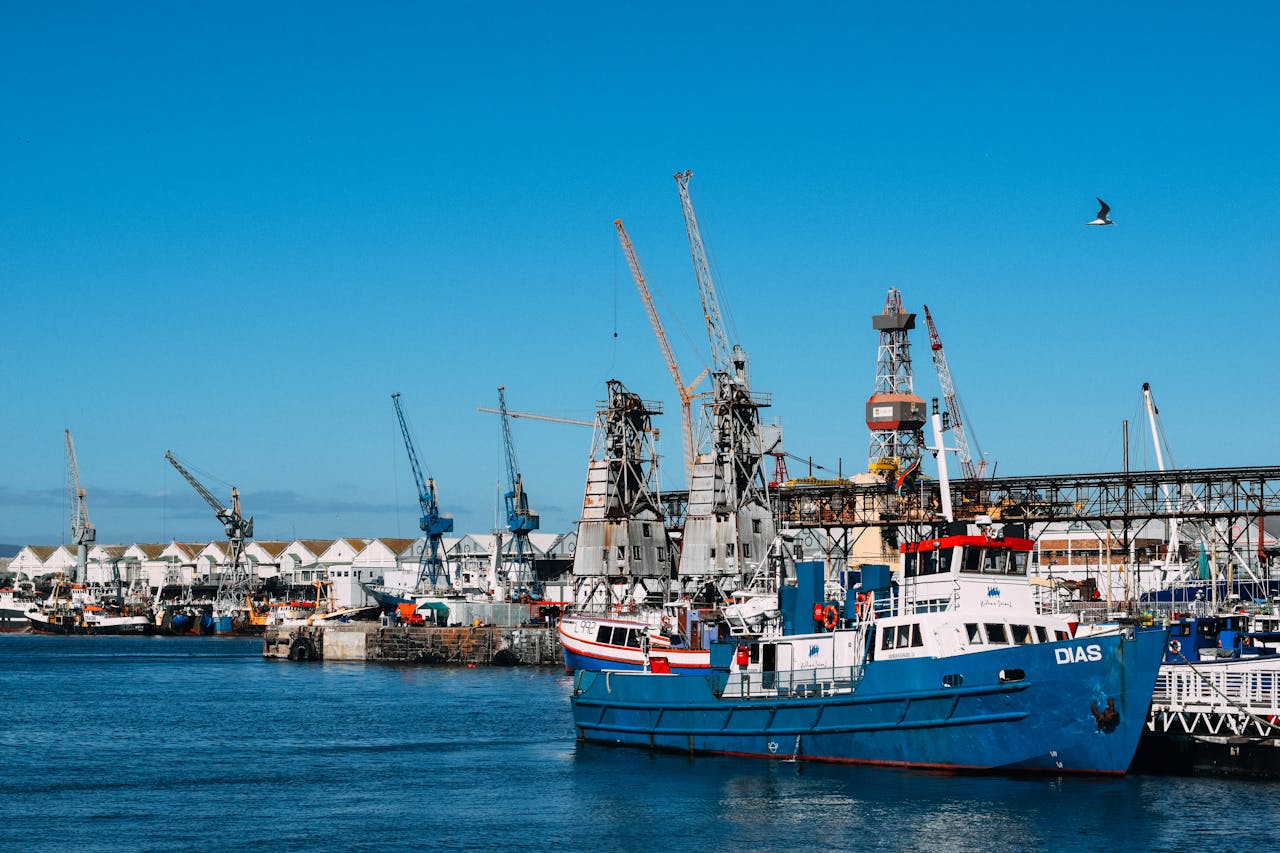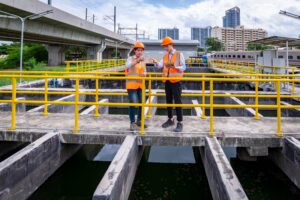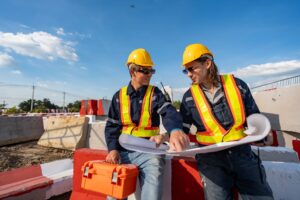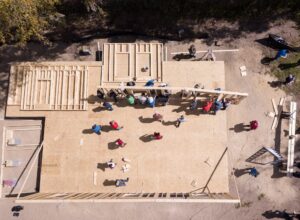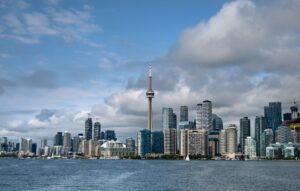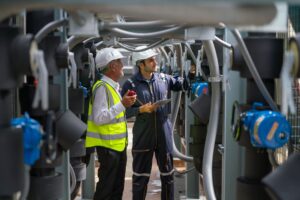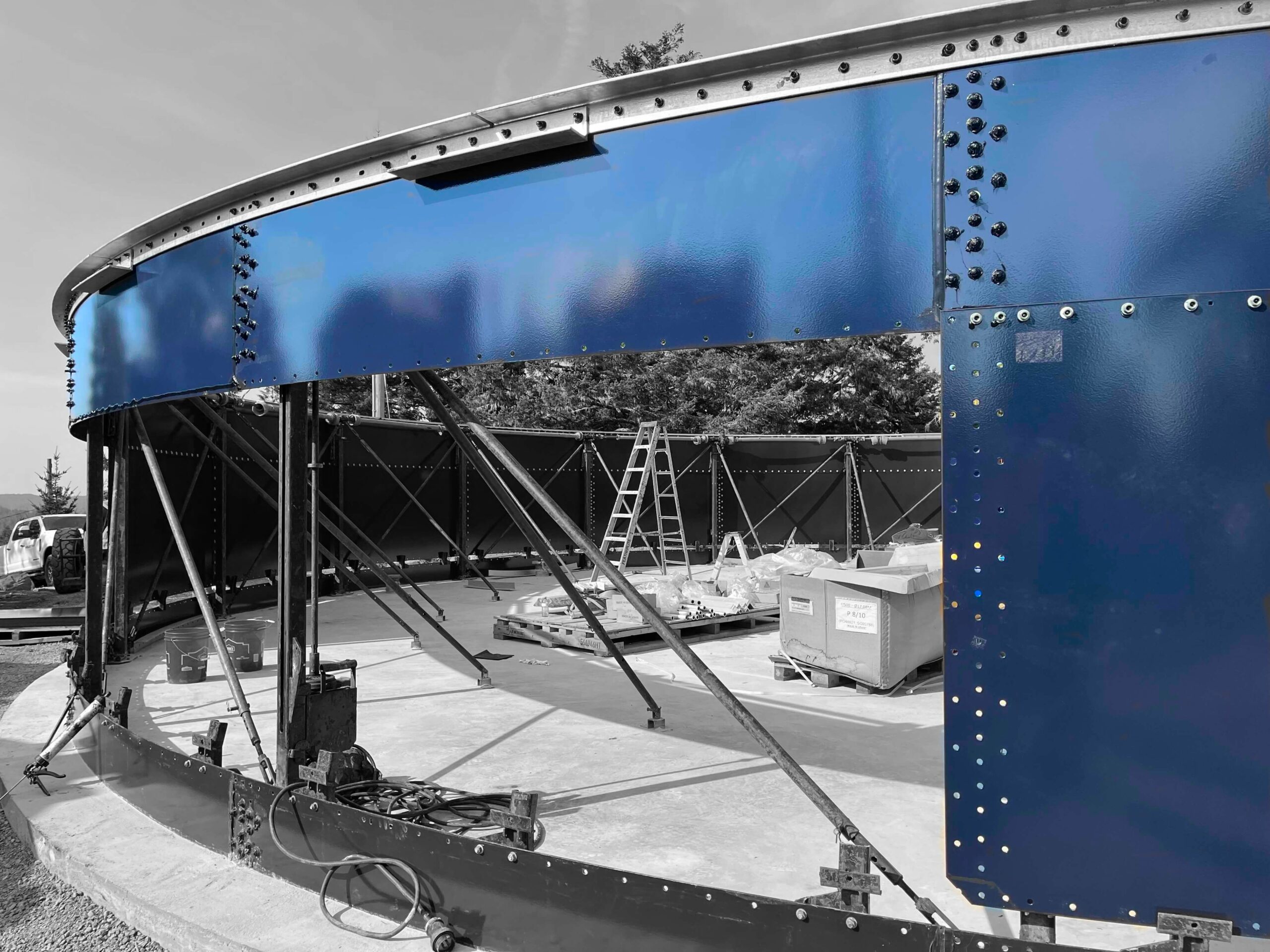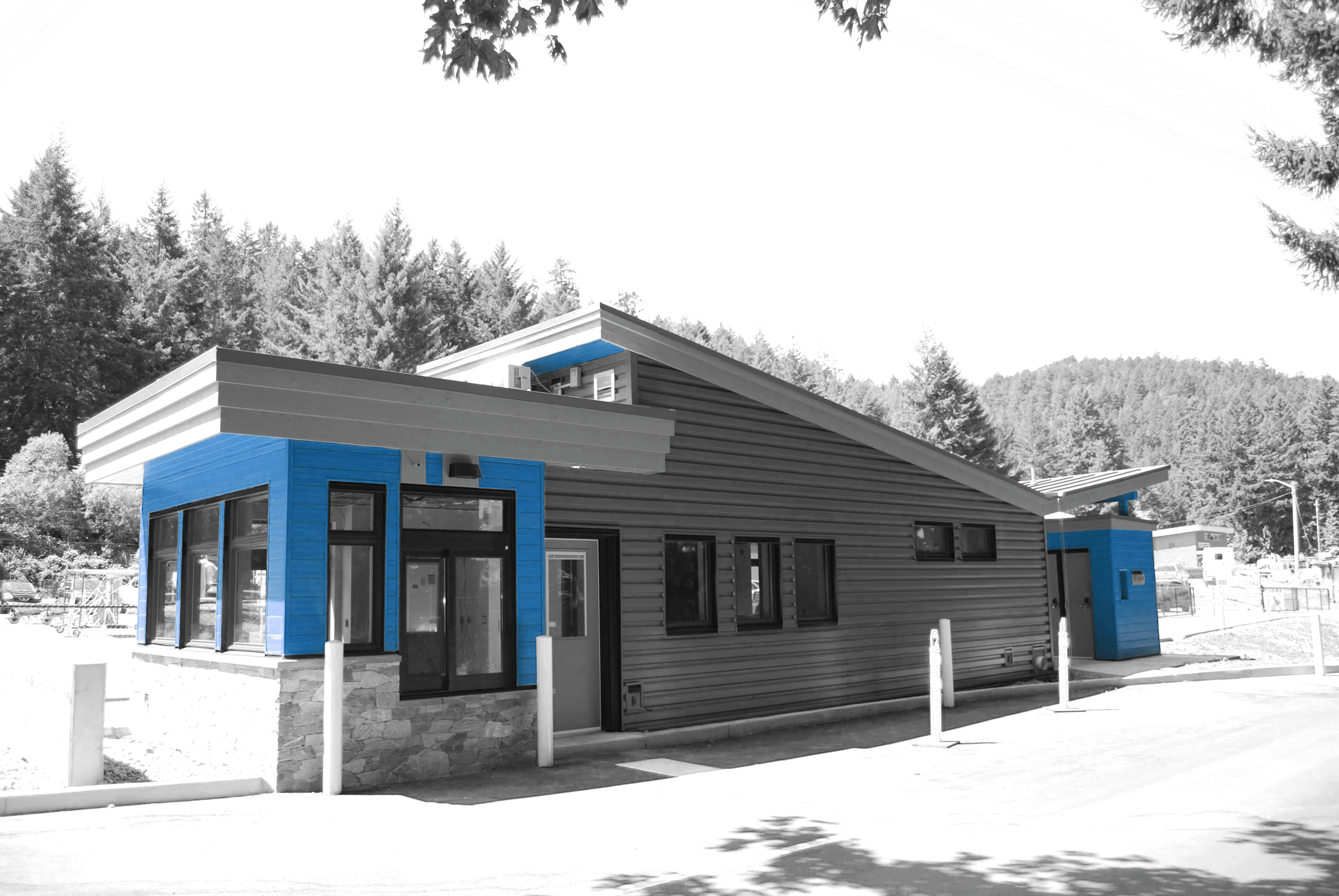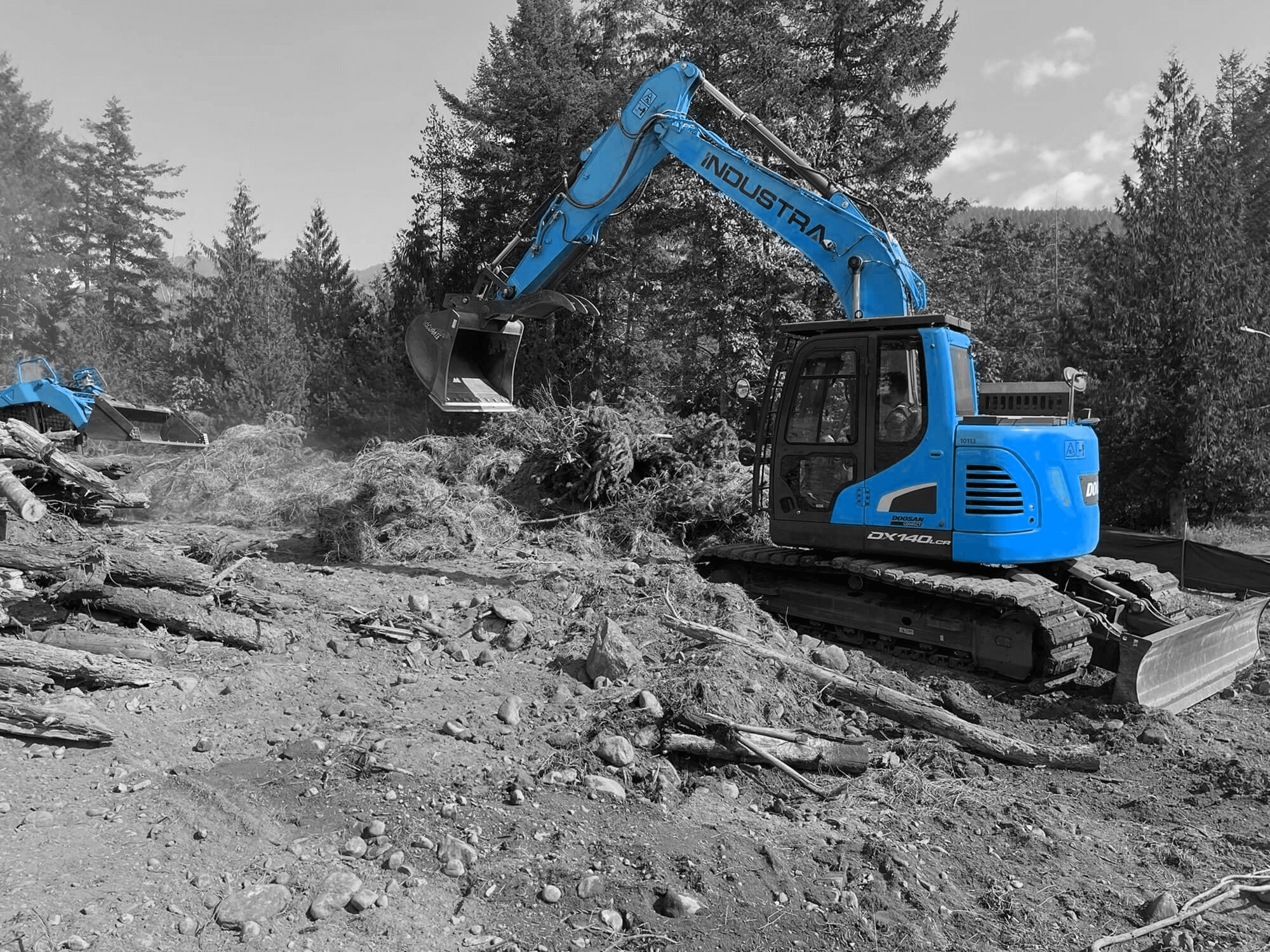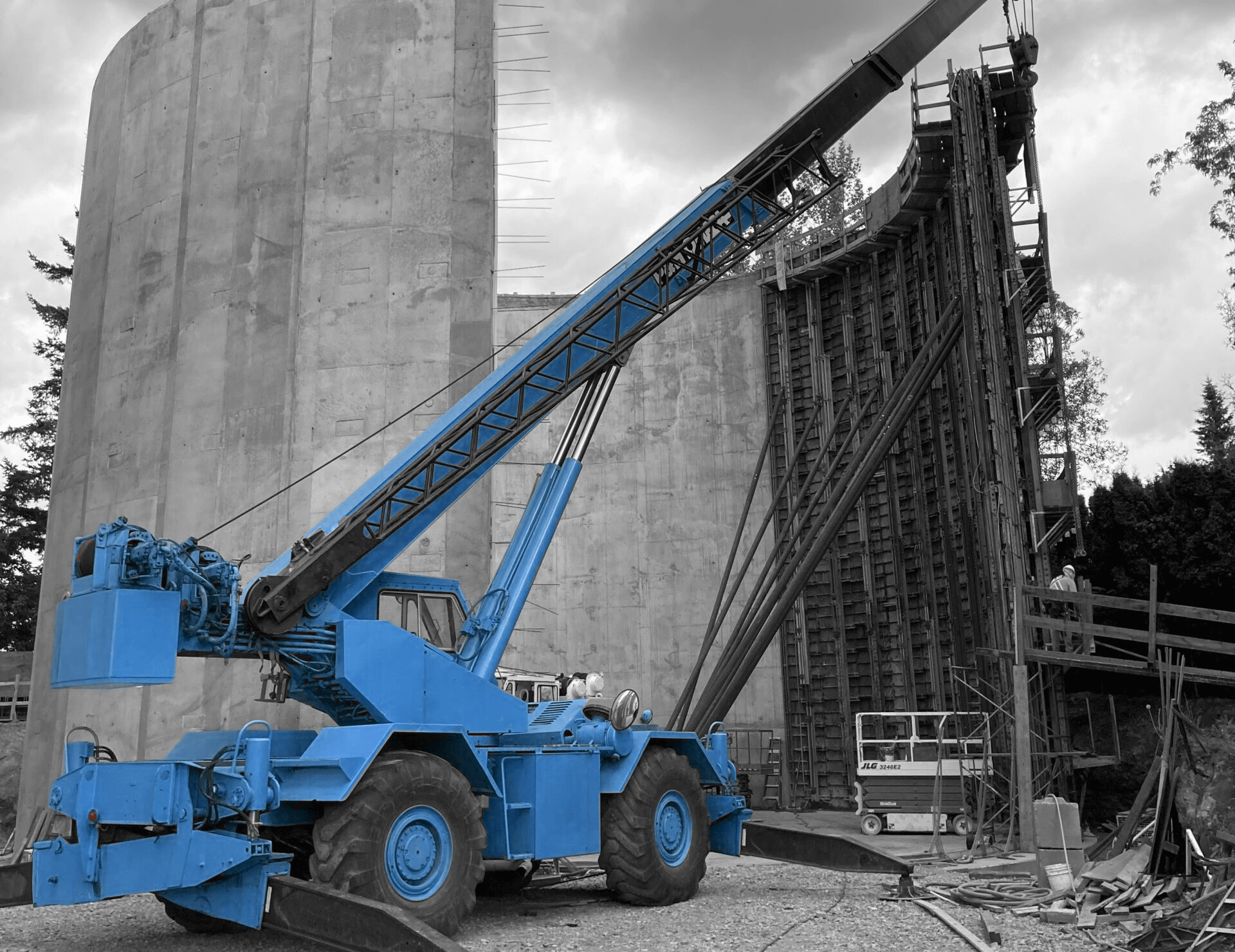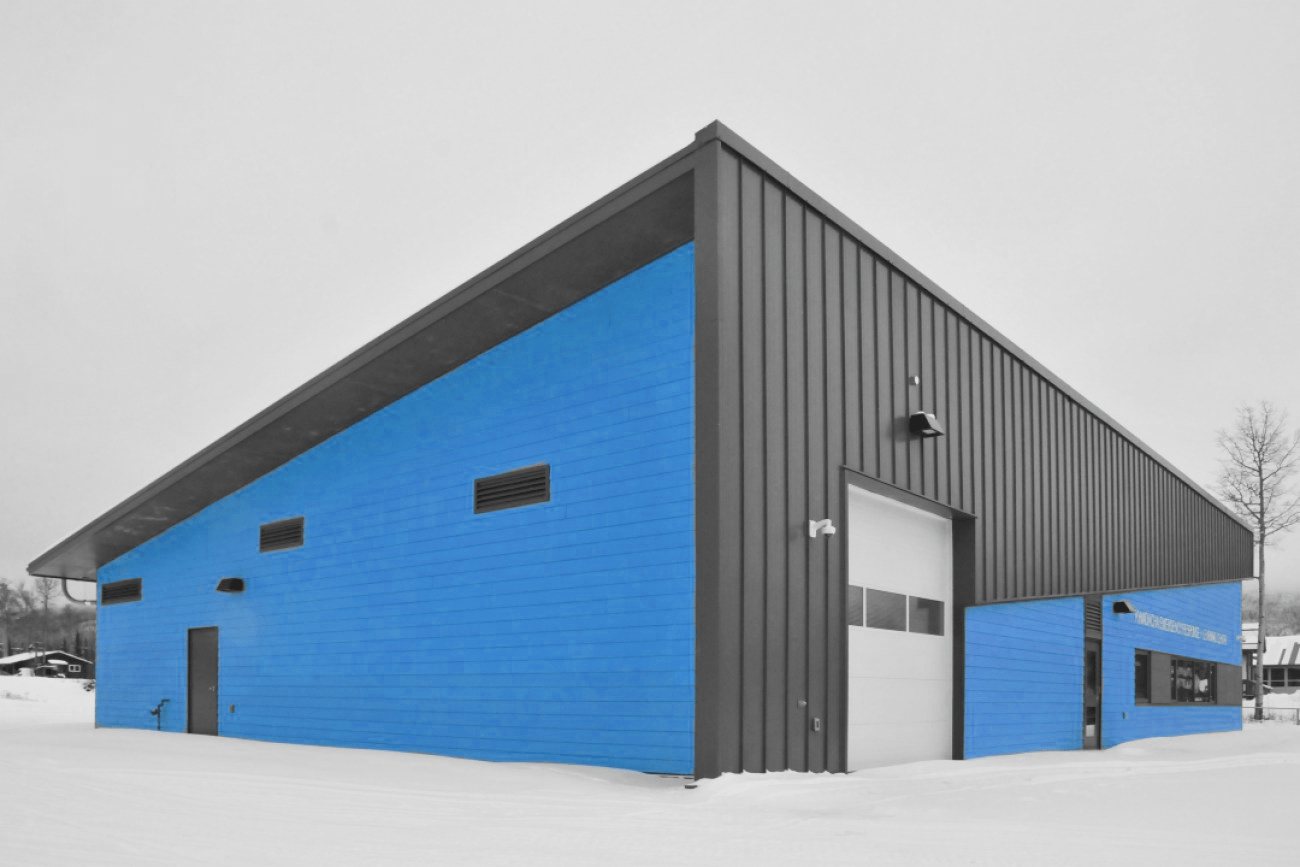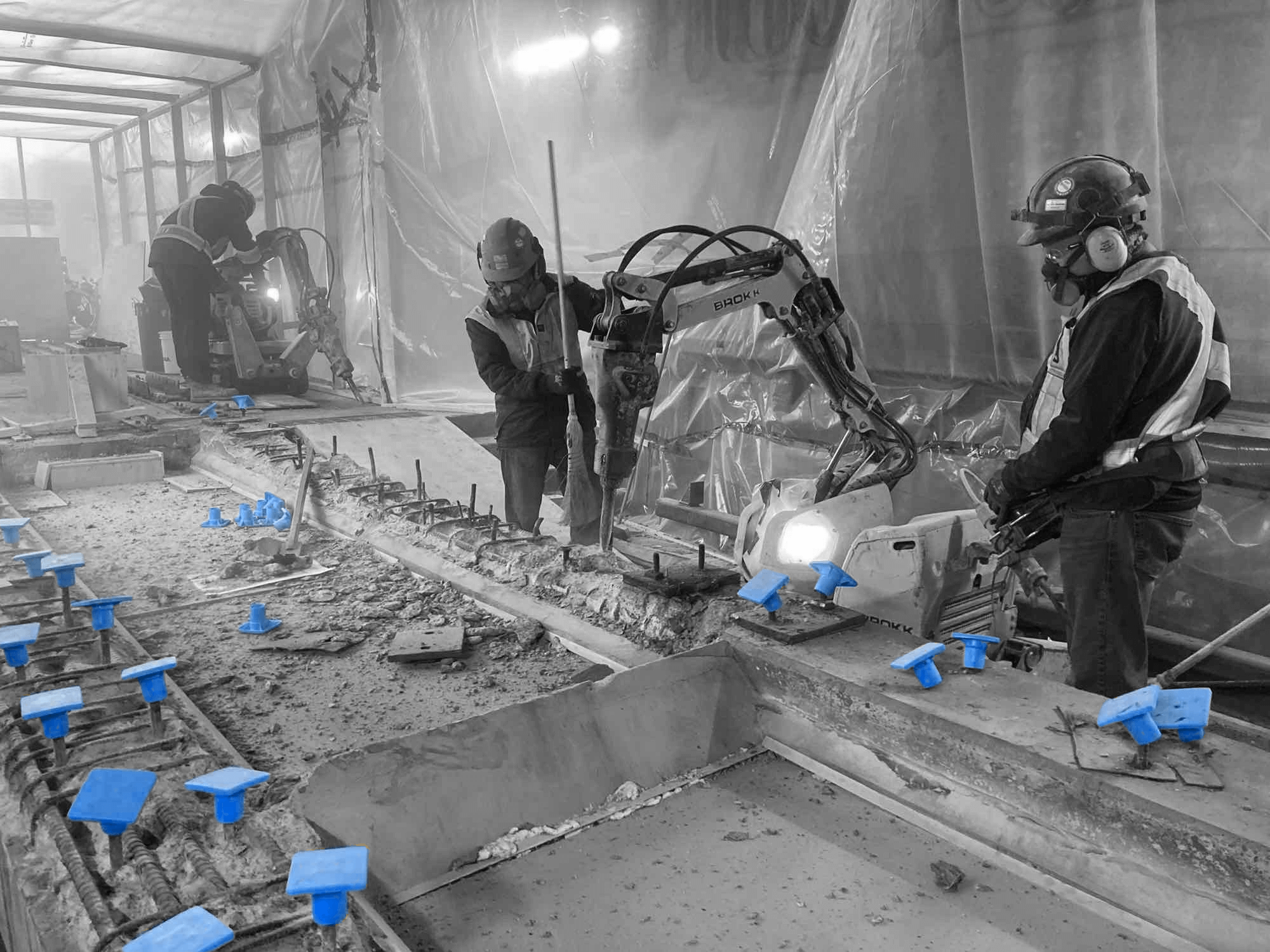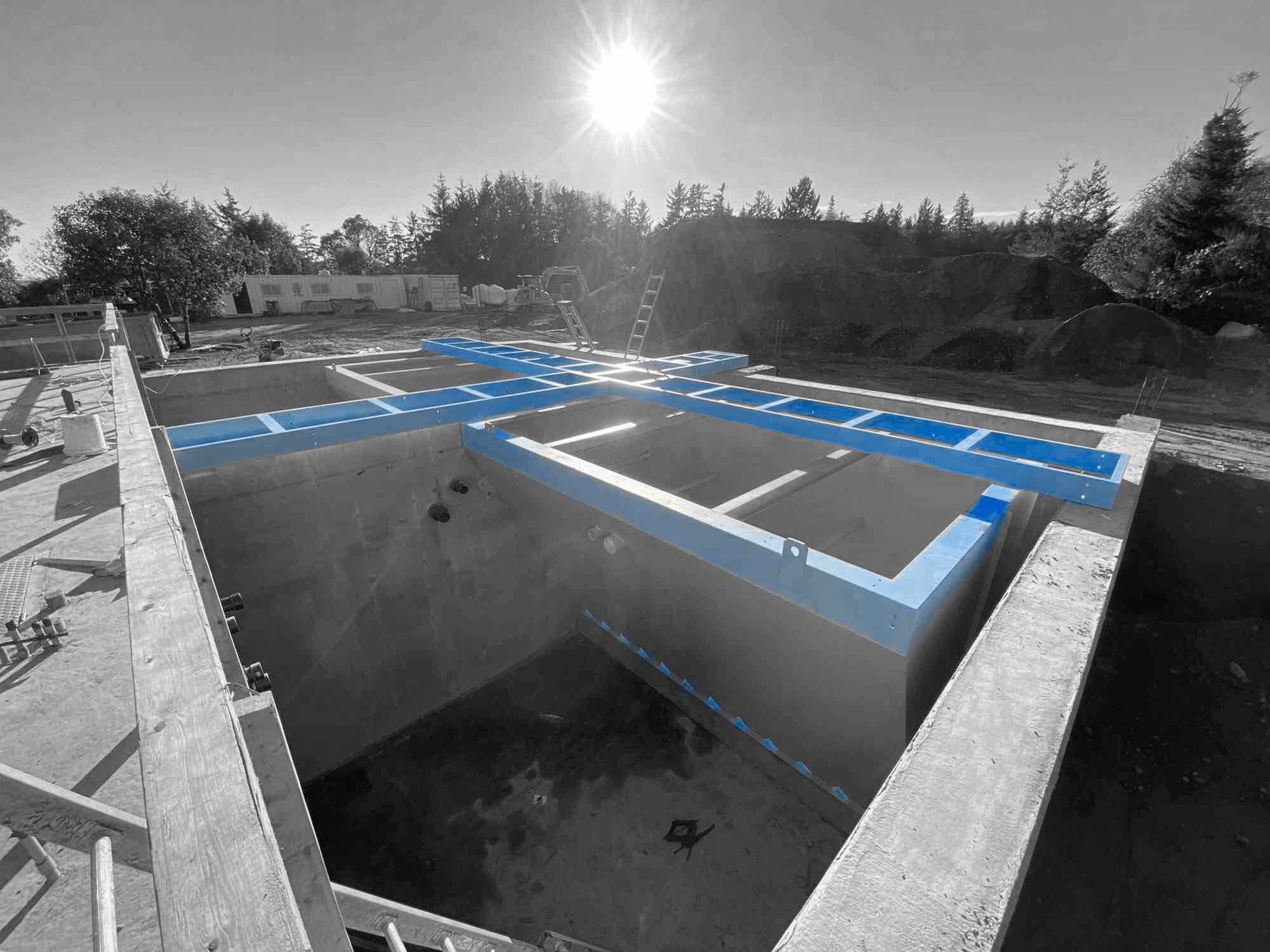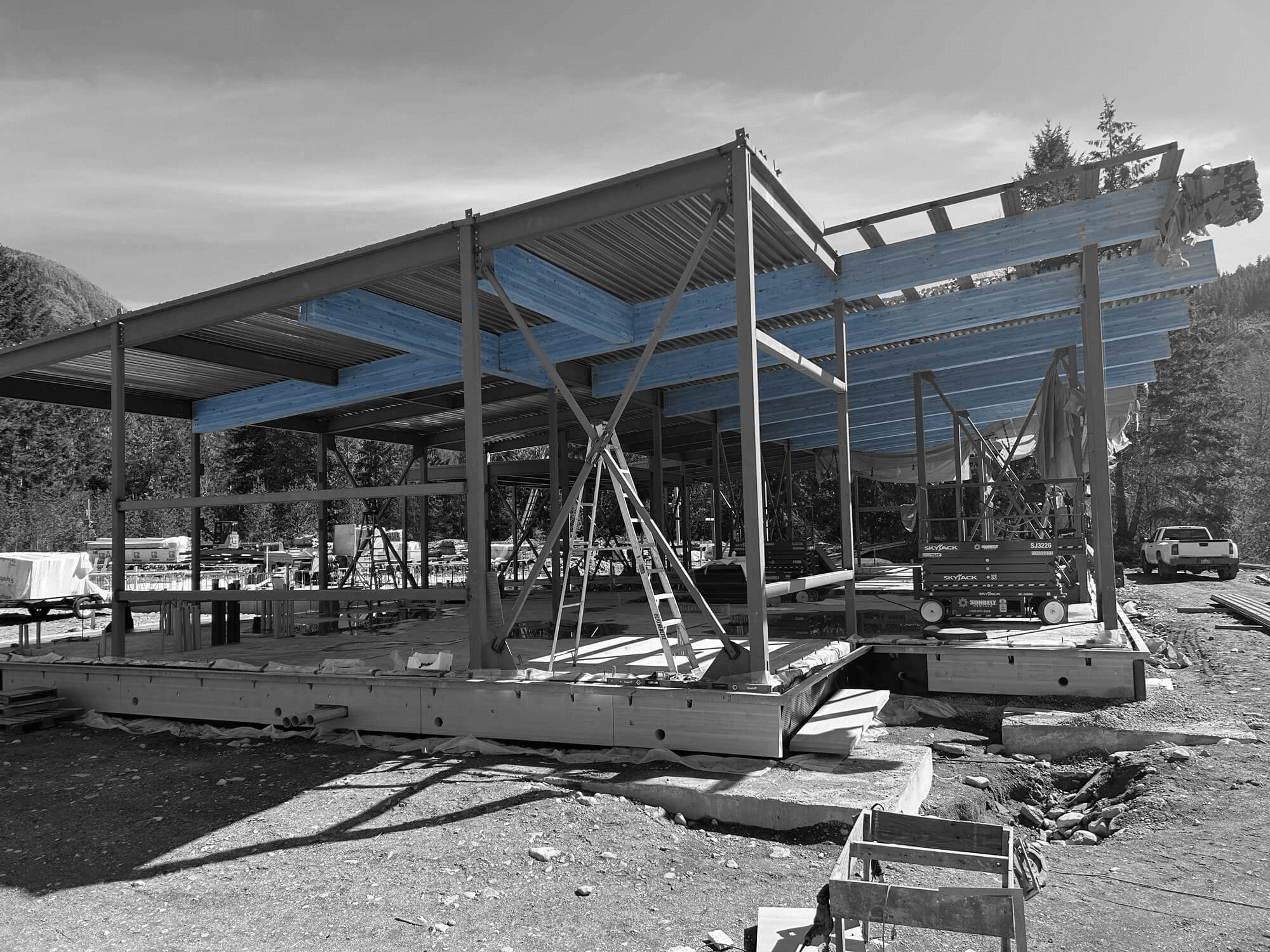Marine construction is critical for expanding and maintaining coastal infrastructure. As populations grow and economic activities increase along coastlines, there is a pressing need for robust marine infrastructure. This includes ports, seawalls, marinas, and offshore structures that support commerce, recreation, and protection against natural elements. These structures are vital for the economic vitality and safety of coastal communities.
Building in a marine environment presents unique challenges compared to inland projects. The construction must withstand harsh conditions such as strong currents, tidal fluctuations, and corrosive saltwater. Moreover, environmental considerations are paramount, as projects must minimize negative impacts on marine ecosystems. With careful planning and execution, we can create durable and sustainable marine structures that serve our needs while protecting the environment.
Pre-construction planning, advanced engineering techniques, and innovative construction practices are essential in marine construction. From selecting appropriate materials to implementing cutting-edge technologies, every step plays a crucial role in the success of these projects. Let’s explore the importance of marine construction and how it helps us expand coastal infrastructure effectively.
Importance of Marine Construction in Coastal Development
Marine construction is essential for the growth and sustainability of coastal regions. Coastal areas are hubs for trade, tourism, and industry, making maritime infrastructure crucial for economic development. Ports and harbours facilitate the movement of goods and people, contributing significantly to local and national economies. Without robust marine construction, these regions would struggle to support these vital activities and their subsequent economic benefits.
Moreover, marine construction plays a critical role in protecting coastal communities from natural disasters. Seawalls, breakwaters, and other protective structures help defend against storm surges, erosion, and flooding. These defences are especially crucial as climate change increases the frequency and intensity of severe weather events. By building strong and resilient infrastructure, we can safeguard coastal populations and minimise damage to property and ecosystems.
Key Components of Marine Construction Projects
Marine construction projects are complex and multifaceted, requiring a wide range of expertise and resources. Key components often include site selection, design and engineering, materials procurement, and the actual construction process. Each of these components must be meticulously planned and executed to ensure the project’s success.
1. Site Selection: Choosing the right location is the first crucial step. This involves evaluating factors such as water depth, seabed conditions, and environmental impact. The selected site must meet the necessary criteria for the intended use while minimising negative effects on marine life and habitats.
2. Design and Engineering: A well-thought-out design is essential for the project’s structural integrity and functionality. Engineering teams use advanced modelling techniques to predict how structures will perform under various conditions. This phase includes designing foundations, superstructures, and ancillary systems such as drainage and utilities.
3. Materials Procurement: Selecting the right materials is vital for the durability and longevity of marine constructions. Corrosion-resistant materials, for instance, are necessary to withstand harsh marine environments. Timely procurement ensures that construction stays on schedule and meets quality standards.
4. Construction Process: The actual construction involves specialized techniques and equipment. Underwater construction, pile driving, and concrete casting are common methods used. Skilled labour and precise project management are required to coordinate these activities effectively.
Each of these key components contributes to building infrastructures that can meet the demands of coastal development while ensuring sustainability and resilience.
Challenges and Solutions in Marine Construction
Marine construction projects face unique challenges that require innovative solutions to overcome. One major challenge is the unpredictable marine environment. Harsh weather conditions, strong currents, and wave actions can hinder construction activities and pose safety risks. To mitigate these risks, we rely on advanced weather forecasting and robust safety protocols. Using specialized equipment and techniques, such as submersible pumps and underwater welding, helps us work efficiently in challenging conditions.
Another significant challenge is environmental impact. Construction activities can disturb underwater ecosystems and marine life. To address this, we conduct thorough environmental assessments and implement mitigation strategies. Techniques like silt curtains and bubble screens help minimize sediment dispersal and protect marine habitats. Additionally, we use eco-friendly materials and practices to reduce our environmental footprint.
Effective project management is also crucial in overcoming logistical challenges. Marine construction often involves coordinating multiple teams and resources. We employ sophisticated project management software to track progress, manage resources, and ensure timely completion. By addressing these challenges proactively, we can deliver successful marine construction projects that meet both technical and environmental standards.
Future Trends in Coastal Infrastructure Expansion
The future of coastal infrastructure expansion is shaped by emerging trends and technologies that promise to enhance efficiency, sustainability, and resilience. One notable trend is the increasing use of green infrastructure. Projects now incorporate natural elements like mangroves and artificial reefs to provide coastal protection and promote biodiversity. These solutions offer a sustainable alternative to traditional hard structures and help mitigate climate change impacts.
Another trend is the adoption of smart technologies. Integrating sensors and data analytics into marine structures allows for real-time monitoring and maintenance. For example, smart ports use IoT (Internet of Things) devices to track vessel movements, manage cargo efficiently, and improve security. These innovations enhance operational efficiency and reduce the need for manual inspections.
Modular construction is also gaining popularity in marine projects. Prefabricated modules can be assembled off-site and transported to the construction location, allowing for faster and more cost-effective project delivery. This approach minimizes disruptions to the marine environment and improves safety by reducing on-site activities.
Conclusion
Marine construction plays a vital role in expanding and sustaining coastal infrastructure. By addressing the unique challenges of the marine environment with innovative solutions and embracing future trends, we can build resilient and sustainable coastal communities. This article has highlighted the importance, key components, and future outlook of marine construction.
At Industra Construction Corp., we are committed to delivering high-quality marine construction services that meet the specific needs of our clients. Whether it’s building robust ports or innovative coastal protection systems, our expertise ensures successful project outcomes. Contact Industra Construction Corp. today to learn how we can support your next marine construction project and contribute to the sustainable growth of coastal infrastructure.


